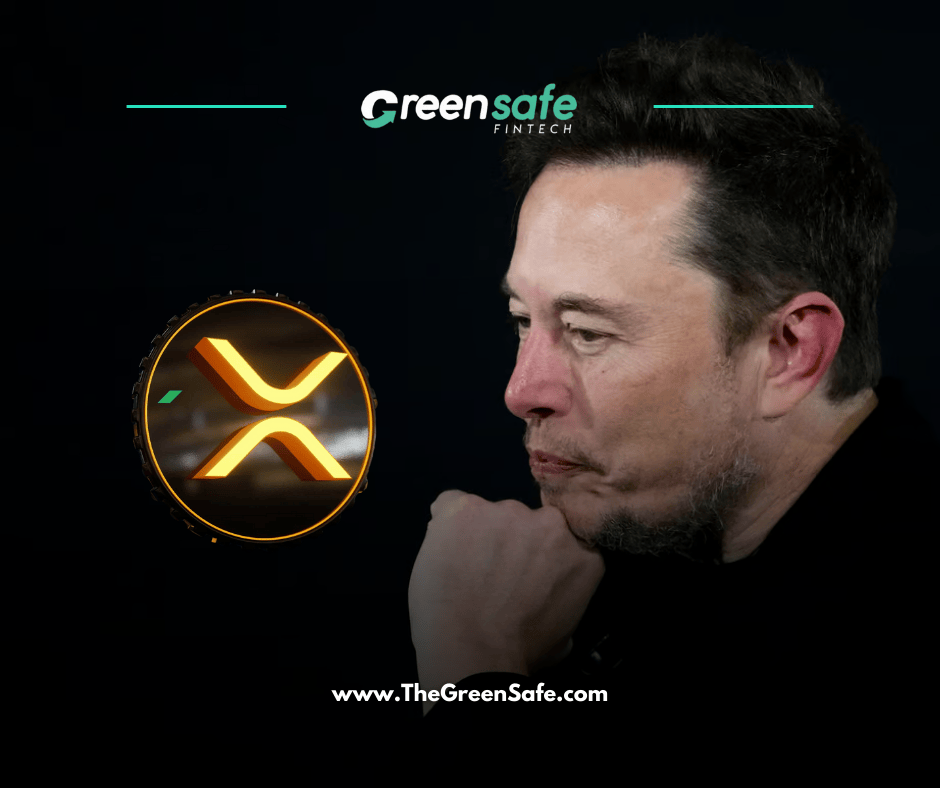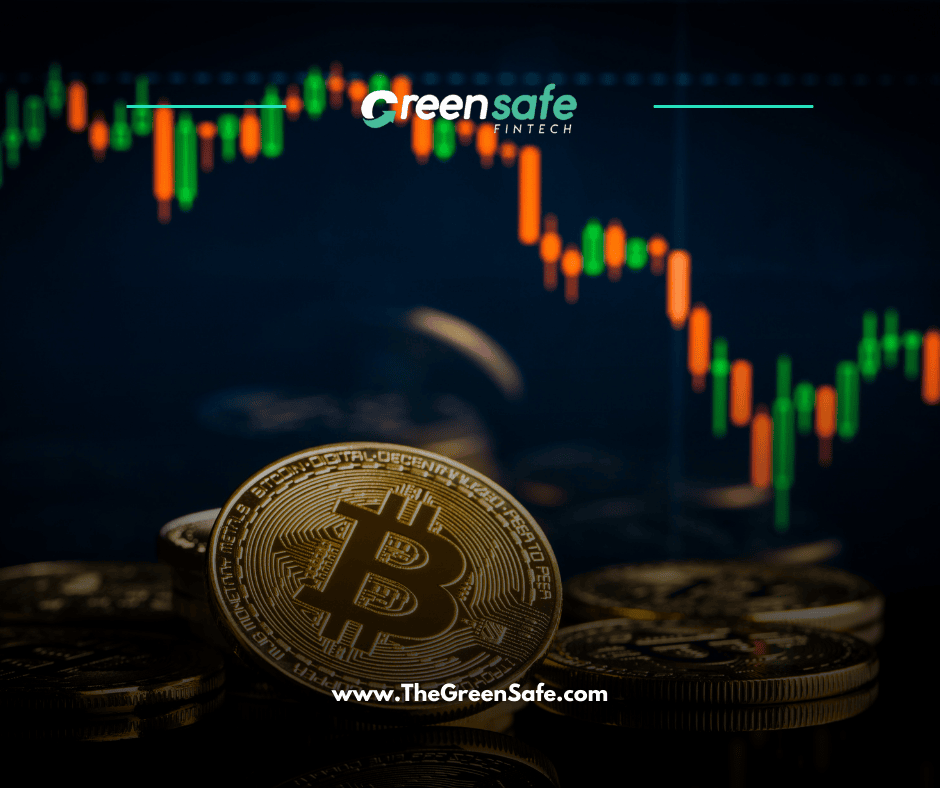As a novice trader, diving into cryptocurrency markets can seem daunting. However, you can gain the knowledge needed to make wise trades with patience and the right guidance. This beginner’s guide will provide you with a strong foundation, walking you through core concepts from setting up a wallet to executing your first Bitcoin purchase.
You’ll learn proven strategies to mitigate risk, track market trends, and identify opportunities. While patience and prudence are key, cryptocurrency trading can be an exciting way to grow your assets if you arm yourself with knowledge. The journey starts with learning the basics, which this guide will lay out in clear, actionable steps.
Getting Started With Cryptocurrency Trading
Open an Account on a Cryptocurrency Exchange
To start trading cryptocurrency, you’ll need to open an account on a crypto exchange that allows you to buy and sell digital assets. Some of the most popular exchanges are Coinbase, Binance, and Kraken. Verify your identity, connect a payment method, and fund your account to begin trading.
Understand What Cryptocurrency Is Before Buying
Cryptocurrency is a form of digital money that is designed to be secure and, in many cases, anonymous. Cryptocurrency is a currency associated with the internet that uses cryptography, the process of converting legible information into an almost uncrackable code, to track purchases and transfers.
Cryptocurrencies allow users to make secure payments without tying them to personal information. Bitcoin is the most popular cryptocurrency, though many others exist.
Pick a Cryptocurrency to Trade
Once you understand cryptocurrency basics, you’ll need to pick a coin to trade. Do some research to determine coins that interest you and fit your risk tolerance. Some of the most popular options beyond Bitcoin include Ethereum, Litecoin, and Ripple. Consider market capitalization, price volatility, and real-world application when choosing a cryptocurrency to trade.
Follow Trends and Place Your Trades
Monitor your chosen cryptocurrency and look for trends in the market that could indicate a good time to buy or sell. Use limit orders, stop losses, and other tools to maximize profits and minimize losses. Many crypto exchanges offer advanced trading options like margin trading and derivatives to help you take advantage of trends.
Stay up-to-date with cryptocurrency news and analysis to make informed trading decisions.
With some research and patience, you can start trading cryptocurrency. But remember, cryptocurrency markets are very volatile, so only invest money that you can afford to lose.
Choosing the Best Cryptocurrency Trading Platform
ecurity and Regulation
Security and regulation should be top priorities when choosing a cryptocurrency trading platform. Look for platforms that offer two-factor authentication, store most coins in cold storage, and have a proven track record of securing funds. Regulation refers to licenses and compliance with local laws. For most traders, a regulated platform can mean better consumer protection.
Fees
Trading fees can significantly impact your profits, so compare fees across platforms. Most charge fees for trades (around 0.1-0.5%), but some also charge withdrawal fees, deposit fees, and spreads. See if the platform charges different fees for makers and takers, and look for ways to reduce fees like incentives for high-volume traders or native tokens that provide discounts.
Supported Cryptocurrencies
The number of supported cryptocurrencies varies across platforms. Larger platforms like Coinbase, Binance, and Kraken support dozens of major coins. Smaller platforms may only support a few. Choose a platform that supports the coins you want to trade, especially smaller market cap coins. Some platforms also allow you to vote for new coin listings.
Additional Features
Consider what additional features matter to you like margin trading, futures or options, staking programs, mobile apps, research tools, and educational resources. Margin trading allows you to borrow money from the platform to make larger trades. Futures and options are riskier but have higher rewards. Staking programs allow you to earn interest on coins. Research tools and education can help new traders.
Understanding Order Types and How to Place Trades
Market Orders
A market order is an order to buy or sell a cryptocurrency at the best available price. This is the simplest and quickest type of trade to execute. However, the price at which your order is filled can deviate significantly from the last traded price due to high volatility. Market orders are best used when speed of execution is the priority.
Limit Orders
Limit orders allow you to specify the maximum price you’re willing to pay when buying or the minimum price you’re willing to accept when selling. This helps ensure you get the price you want, but there is a chance the order may not be executed if the market moves away from your limit price. Limit orders are best used when achieving a specific target price is the priority.
Stop-Loss Orders
Stop-loss orders are designed to limit losses. You specify a stop price, and if the market price reaches or passes through that stop price, a market order is triggered to sell. Stop-loss orders are best used to exit losing positions and protect your capital.
Placing an Order
To place an order, log in to your cryptocurrency exchange account. Find the trading pair you want to trade, for example, BTC/USD. Click on the Buy or Sell button, depending on whether you want to go long or short. Select the order type – market, limit, or stop-loss.
Enter the size of your order in terms of the amount of cryptocurrency or the dollar value. For limit and stop-loss orders, enter your target price. Review the full details of your order and then click Buy or Sell to execute.
Your order will now appear in the Open Orders section until it is filled. Once filled, the order will move to the Order History section where you can see details of the execution including price, time, and fees paid. It’s important to regularly monitor your Open Orders and Order History to ensure all trades have been executed as intended.
Cryptocurrency Trading FAQs – Your Top Questions Answered
What equipment do I need to get started?
To begin trading cryptocurrency, you will need a digital wallet, a cryptocurrency exchange account, and a secure internet connection. A digital wallet stores the private keys to your cryptocurrency funds.
Exchanges facilitate the trading of cryptocurrencies for fiat currencies like USD or other digital assets. Reliable internet connectivity will allow you to monitor the markets, access your accounts, and conduct trades efficiently.
How do I fund my trading account?
Most major cryptocurrency exchanges allow you to deposit funds through bank transfer, credit/debit card, wire transfer, or cryptocurrency deposits. Bank transfers and wire transfers typically take 3 to 5 business days to process, while card payments are instant.
Cryptocurrency deposits will be credited to your account once the network verifies the transaction, which can take minutes to hours depending on the digital asset.
What are the risks of trading cryptocurrency?
The cryptocurrency market is volatile, with valuations that often fluctuate greatly over short periods. There is a high risk of losing money when trading cryptocurrency.
You can minimize risks by starting with a small amount of capital, diversifying your holdings, and setting stop-loss orders. However, there is always a possibility of exchanges being hacked or going out of business, and cryptocurrency investments are not protected like bank accounts or securities. Only invest money that you can afford to lose.
How often should I check on my holdings?
It is a good idea to check on your cryptocurrency holdings at least once per day. The markets are open 24 hours, so a lot can change in a short amount of time.
Look for announcements that could positively or negatively impact the value of your coins, monitor the charts and key metrics, and watch for trading signals that could indicate good buying or selling opportunities. While constant monitoring is not essential, staying on top of your holdings regularly can help maximize your profits and minimize losses.
In summary, trading cryptocurrency can be highly rewarding but also risky. By educating yourself, choosing reputable service providers, starting small, and exercising prudent risk management, you can enjoy the benefits of this new financial technology responsibly. Please let me know if you have any other questions!
Conclusion
Though the world of cryptocurrency may seem complex and risky to a beginner, taking the time to educate yourself on the basics of blockchain technology, popular coins and tokens, exchanges, and trading strategies will give you the foundation you need.
With an understanding of market trends and access to the right tools, you can make informed investment decisions and manage your crypto portfolio. The key is to start small, stick to your goals, and adjust your strategies over time as you gain experience. With patience and persistence, you’ll be on your way to trading cryptocurrency with confidence.
Note: this article is not financial recommendation or investment advice, but an educational basis that you may or may not implement in your trading strategy. Trade safe!












